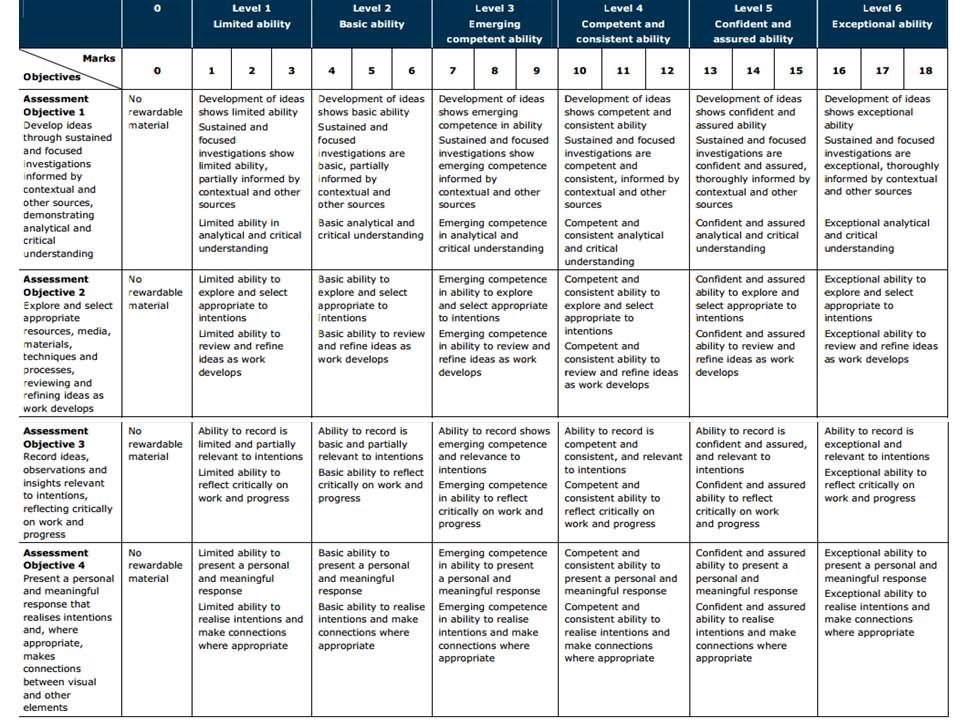After school in the evening when the light was fading, I drove too St Aubins bay to do a photo shoot focusing on the movement of the sea. The light was good for the shoot because it was cool and bright which enabled me to easily capture the details of the sea. The light was also reflecting off the water which created a really nice effect. I used a canon camera for the shoot and focused in on the shapes and movement of the current. I used a medium focal point to capture the images because it was easier to get all the detail I wanted because of the constant movement of the tide. I had to use a very fast shutter speed to be able to capture the images in a good quality.


When editing the images I choose the best quality and range of scenes and objects. I edited the images using Photoshop because I wanted to do simple edits to each image rather then do them all as one block edit. When editing the image I simply changed the contrast, brightness and added more vibrancy to the images to make them more visually interesting.




As well as abstract close ups of the sea and the movement of the waves, I also captured different things that I noticed during the shoot. I captured these because I wanted to contain a variation within the series. I also edited these images in Photo shop to changed the brightness and contrast, and also to add more vibrancy to the images. I wanted the images to be bright and pure because this was the type of effect I was trying to create throughout my whole series.






























